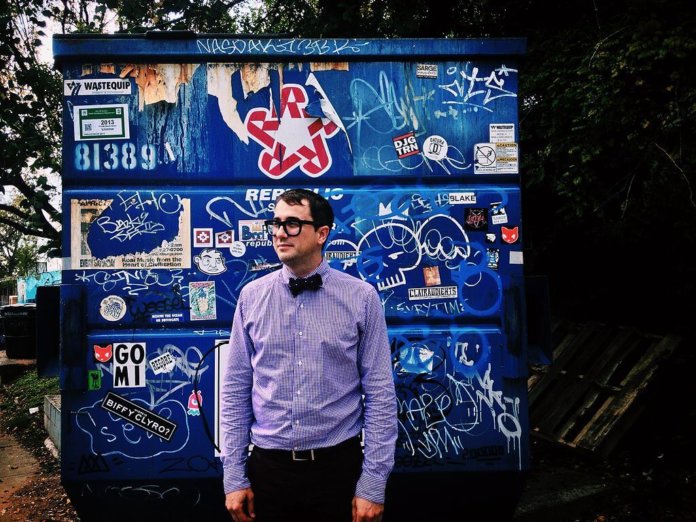
Finding a new place to live and moving from place to place can be one of the most stressful times in a person’s life. For those who can’t deal with this draining process, there may be a solution for you in the form of a tiny portable apartment called Kasita, where users can simply have their apartment picked up and installed in a building elsewhere.
Professor Dumpster
Kasita is a housing startup by Dr. Jeff Wilson also known as ‘Professor Dumpster’, an environmental science professor at Huston-Tillotson University. He got his nickname from the Dumpster Project, in which he lived in a dumpster for a year to experiment with sustainable living in compact environments. The curious experiment was triggered one day while he was working in his office.
“I looked out into the parking lot, and this gate was opening,” he said. “Someone was about to throw something into the dumpster and I said, ‘Man that’s it. I need to move into one of these guys.’”
The compact nature of the dumpster appealed to his theory that the less cluttered our lives, the more time we have to devote to more meaningful things, resulting a happier life. “By converting a dumpster into a home, we are experimenting with innovative ways to live with less, and giving environmental education an engaging platform,” he says.
Dr. Wilson found the dumpster living experience surprisingly pleasant, and with the project deemed a success, he teamed up with a lead industrial designer named Remy Labesque in order to apply the concept to real housing. They wanted a space that would be low-rent (even in the heart of the city), transportable, and available for short term leasing for people living alone.
“I told him, I want you to design something more like an iPhone than a micro-apartment or a container,” Dr. Wilson said, recounting a conversation with Labesque. “I want you to throw out everything you know about housing—and he didn’t even know a whole lot—and make something really iconic.”
Portable Home
The resulting design was of an apartment can be individually moved and replaced. The compact homes, which are 208 square feet and built from glass and steel, are fitted into empty slots on a building made up of metal racks.
“It enables us to go into very small spaces,” explains Dr. Wilson. “The entire footprint of that rack is only about 1,000 square feet or so. So it allows us to move into unused, previously unusable pieces of land.”
In cities that have Kasita support, users can press a button on an app to call a moving truck that removes your apartment and places it into an available slot in the city that you are moving to.
Even as the outer mechanics of the building are impressive on its own, the inner space of the Kasitas is equally stunning because each apartment comes standard with loads of smart tech. With hands-free technology, you can darken the glass for privacy, adjust temperature and lighting, and even play music. Other features include a washer and dryer, a walk-in shower, and a full kitchen out of which slides a queen size bed.
The walls are lined with modular tiles that can be pulled out and rearranged, allowing the renter or owner to create a personalized living space. “You could take a modular tile out of the wall and plug in, say, a clock,” Dr. Wilson says. “Or you could take out three vertical tiles and plug in a mirror. You could take out six, and plug in a TV.”
In the initial stages, the Kasita units will have to plug into an existing electrical grid. But in the future, the company plans to power the buildings through solar energy stored in Tesla batteries. Rainwater collection is also a potential feature that is being considered.
The company is planning to roll out the first rack of Kasita apartments to be built in Austin, Texas by spring 2016, with an additional 10 cities by 2017. The apartments are projected to go for half the market rate and will lease for around $600.









